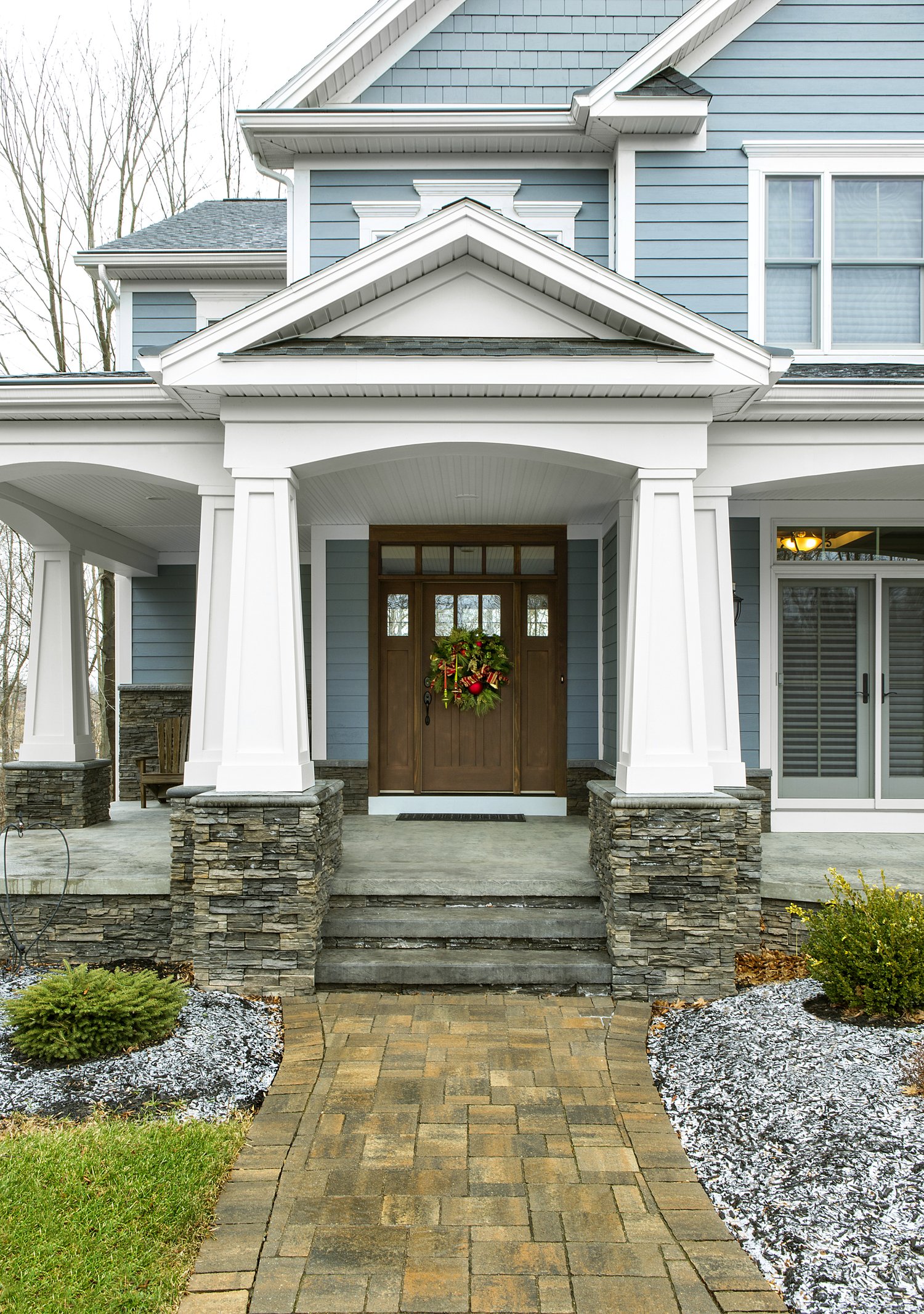Doors are among our homes’ most frequently used features, yet we rarely think about them until something goes wrong. From sticking doors that require shoulder-checking to open, to squeaky hinges that announce every midnight trip to the kitchen, door problems can be annoying and potentially damaging to your home. This article explores four common door issues homeowners face and provides practical solutions to fix sticking door problems, repair malfunctioning latches, silence noisy hinges, and eliminate drafty air leaks without calling a professional.
Dealing with Sticking Doors
A door that sticks or drags is perhaps the most common door complaint among homeowners. To fix a sticking door, first identify where the door is catching. Run your hand along the edges while slowly opening and closing the door to feel for resistance. If the door sticks at the top, it may be sagging on its hinges. Try tightening the screws in the top hinge. For persistent issues, you might need to remove a hinge and insert a thin wooden shim behind it to adjust the door’s alignment.
When humidity causes wood doors to swell, you must determine which edge is rubbing. Mark the problem area with chalk or pencil, remove the door, and sand down the marked edge. Be careful not to remove too much material—take it slowly and check the fit frequently. Sometimes, a quick fix is simply rubbing the edge with paraffin or candle wax to reduce friction until you can properly adjust door positioning.
You may need to trim the bottom edge of doors that stick at the bottom due to an uneven floor or a settling foundation. This requires removing the door and carefully cutting along a marked line. After significant adjustments, you’ll likely need to refinish the sanded or cut edges to protect the wood from moisture.
When Your Door Won’t Latch Closed
Few things are more frustrating than a door that won’t latch appropriately closed. This issue usually stems from misalignment between the latch and the strike plate. To diagnose the problem, close the door slowly and observe whether the latch aligns with the strike plate hole. You’ll need to adjust accordingly if it’s hitting too high, too low, or to either side.
For minor misalignments, you can often fix the problem by slightly loosening the screws on the strike plate, repositioning it, and then retightening. For more significant adjustments, you may need to enlarge the opening in the strike plate using a metal file or remove it entirely and reposition it. After marking the new position, chisel out additional wood to accommodate the plate in its new location.
Sometimes, a door won’t latch because the mechanism is failing. The repair might involve lubricating the latch components with graphite powder or replacing the entire latch assembly. Most homeowners find this repair straightforward with basic tools and a replacement latch set available at any hardware store. However, the experts at AskHomey can connect you with professionals if you’re unsure about tackling the job yourself.
How to Repair Door Hinges and Stop the Squeak
Nothing reveals a midnight snack run like squeaky door hinges. Fortunately, this is one of the easiest door problems to repair. Start by removing the hinge pin—place a small nail at the bottom of the hinge and tap upward until the pin rises enough to grab and remove. Once removed, clean both the pin and hinge with a rag to remove built-up grime and old lubricant.
Apply a suitable lubricant to the pin before reinserting it. While WD-40 is commonly used, it’s not ideal for long-term lubrication. Instead, use white lithium grease or a silicone-based lubricant for longer-lasting results. After applying the lubricant, reinsert the pin and work the door back and forth to distribute it evenly.
Sometimes, squeaking results from loose hinge screws. Check all screws and tighten any that have worked loose. For screws that won’t tighten because the holes have become stripped, remove the screw and fill the hole with wood glue and toothpicks or a wooden golf tee. Once dry, trim it flush and redrill a pilot hole before reinstalling the screw.
Sealing Air Leaks Around Doors
Drafty doors make your home less comfortable and increase your energy bills substantially. To check for air leaks, wait for a windy day and hold a lit candle or incense stick near the door edges—flickering smoke indicates air infiltration.
Weather stripping is the primary solution for side and top air leaks. Various types are available, including adhesive-backed foam tape, V-strip weather stripping, and door sweeps for the bottom. Before installing, ensure the surface is clean and dry. Follow the manufacturer’s instructions carefully, as installation varies by type.
Install a door sweep or threshold seal for the gap at the bottom of the door. These attach to the bottom edge of the door or the floor beneath it and create a flexible seal when the door closes. Some versions require screws for installation, while others use adhesive backing. For exterior doors, consider an adjustable threshold that can be raised or lowered to create the optimal seal while allowing the door to open and close smoothly.
Periodic maintenance of your weather stripping is essential, as it deteriorates over time. Check it annually and replace any cracked, compressed, or damaged sections to maintain an effective seal against drafts, dust, and noise.
For more tips and to connect with reliable home service professionals, follow AskHomey on Facebook and Instagram.



